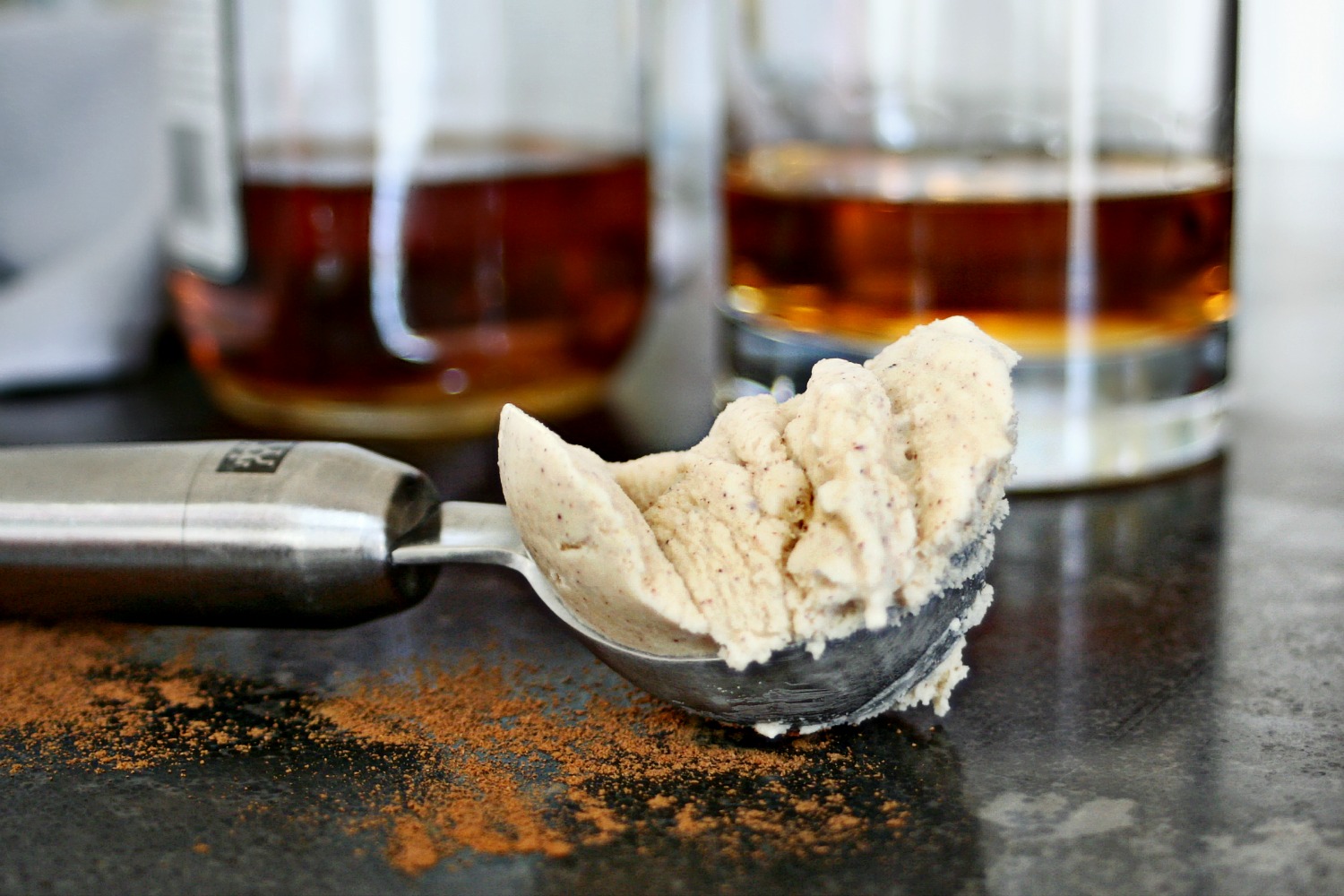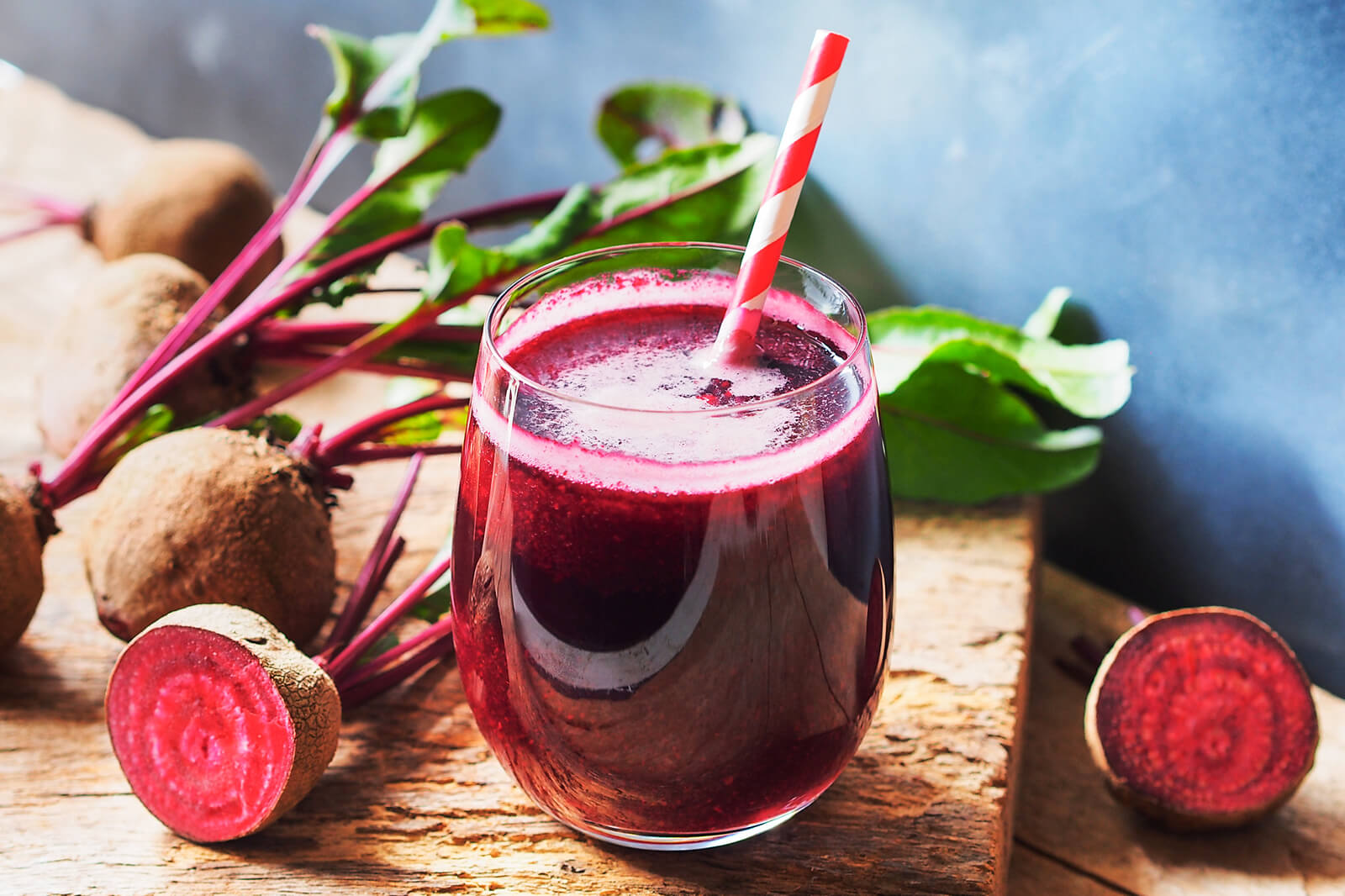Infusing Milk With Herbs: A Flavorful Twist
Are you looking to add a burst of flavor to your milk? Infusing milk with herbs is a simple and delicious way to elevate your favorite beverage. Whether you enjoy a glass of milk on its own, in your morning cereal, or as an ingredient in your cooking and baking, infusing it with herbs can take it to the next level. Here’s how you can easily infuse milk with herbs at home.
Choose Your Herbs
The first step in infusing milk with herbs is to choose the right herbs. While there are endless possibilities, some popular choices include:
- Vanilla: Adds a sweet and aromatic flavor to the milk.
- Lavender: Imparts a subtle floral note.
- Cinnamon: Provides a warm and comforting taste.
- Mint: Adds a refreshing and crisp flavor.
Prepare the Milk
Before infusing the milk with herbs, it’s important to prepare the milk. You can use any type of milk, whether it’s dairy milk, almond milk, soy milk, or any other alternative. Heat the milk in a saucepan over low heat until it is warm but not boiling. This will help the milk to absorb the flavors of the herbs more effectively.
Infuse the Herbs
Once the milk is warm, it’s time to infuse it with your chosen herbs. You can use fresh or dried herbs, depending on what you have available. Here’s how to infuse the milk with herbs:
- Add the herbs: Place the herbs of your choice in the warm milk. You can use a single herb or a combination of herbs, depending on your flavor preferences.
- Let it steep: Allow the herbs to steep in the warm milk for at least 15-20 minutes. This will give the milk enough time to absorb the flavors of the herbs.
- Strain the herbs: Once the milk has been infused with the desired flavors, strain out the herbs using a fine-mesh sieve or cheesecloth. This will ensure that your infused milk is smooth and free of any herb particles.
Enjoy Your Infused Milk
Once you have infused your milk with herbs, it’s ready to be enjoyed in a variety of ways. You can pour it over your favorite cereal, use it in your morning coffee or tea, or incorporate it into recipes that call for milk. The possibilities are endless when it comes to using infused milk.
Infusing milk with herbs is a simple yet effective way to add a burst of flavor to this versatile beverage. Whether you prefer a hint of vanilla, a touch of lavender, or a sprinkle of cinnamon in your milk, infusing it with herbs allows you to customize its flavor to suit your preferences. So, why not give it a try and elevate your milk-drinking experience?
Infusing milk with herbs is a delightful way to experiment with flavors and add a unique twist to an everyday staple. With just a few simple steps, you can create a custom-infused milk that suits your taste preferences and enhances your culinary creations. So, go ahead and get creative with infusing milk with herbs – your taste buds will thank you!
Was this page helpful?
Read Next: How To Infuse Fruit In Oil











